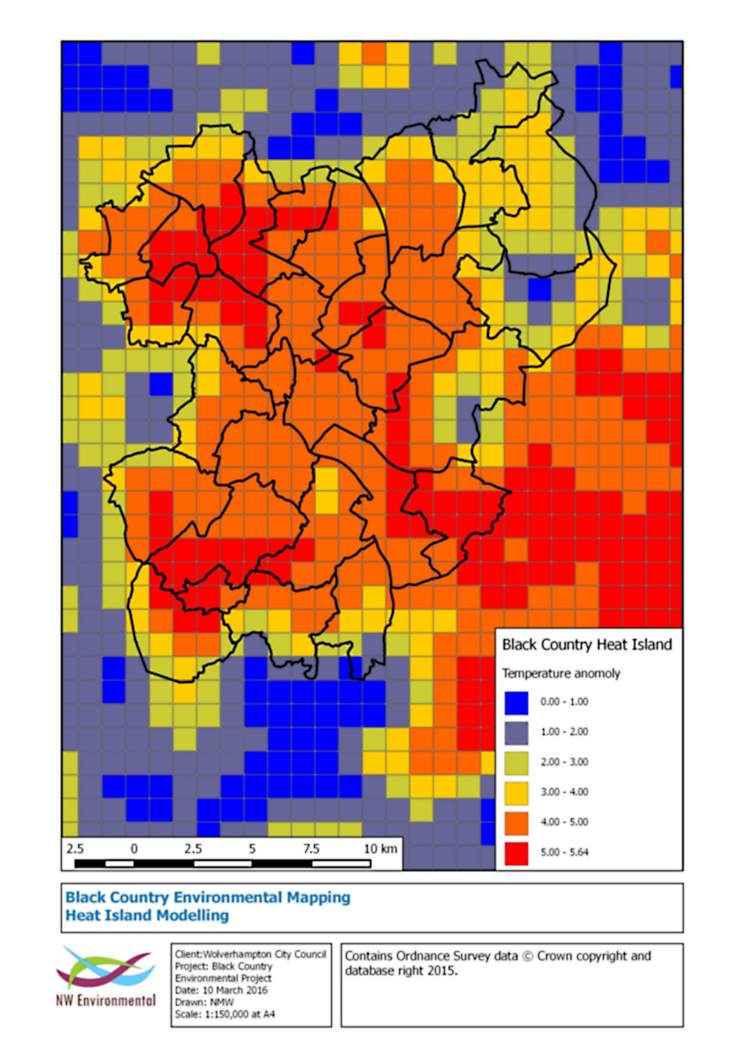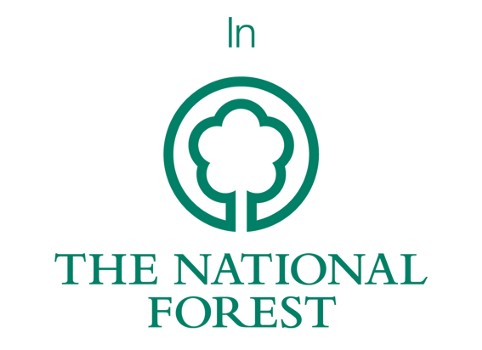From the replanting of spoil heaps by the Earl of Dudley to the work of the Midlands Reafforestation Society, the West Midlands was not only at the heart of the Industrial Revolution, but was also one of the first places to use green infrastructure to remediate and restore the 'waste land' where industry moved on.
Today, our approaches to remediation and restoration of brownfield land have moved on and become more sophisticated. NW Environmental can advise on the many different approaches that can be used such as:
Grassland Habitats
- Wildflower meadow creation, including seeding, hay strewing and plug planting
- Grassland management, including grazing, mowing and silage baling
- Management and enhancement of naturally recolonised grassland
- Restoration of grassland colonised by scrub or tall herb
Woodland Habitats
- New woodland planting
- Advanced ground preparation
- Woodland ground flora enhancement
- Woodland management
- Coppicing
Wetland Habitats
- Pond and lake creation
- Wetland creation
- Reedbeds
- Sustainable Urban Drainage schemes
- Rain Gardens
Heathland
- Heathland creation
- Heathland management
Urban Habitats
- Green roofs
- Green walls
- Creating breeding and roosting spaces
- Wildlife gardens
- 'Urban commons'
![]() Few environmentalists doubt that climate change is already having an impact on our lives, and it certainly has major implications for how we plan for the future. With many local authorities declaring 'climate emergencies', young people demonstrating and more and more extreme weather events, it's clear that there is a will to act - but what can we do that will actually make a difference?
Few environmentalists doubt that climate change is already having an impact on our lives, and it certainly has major implications for how we plan for the future. With many local authorities declaring 'climate emergencies', young people demonstrating and more and more extreme weather events, it's clear that there is a will to act - but what can we do that will actually make a difference?
Perhaps the most significant impacts are those arising from extreme weather events as they can have immediate and serious implications for life and property, but climate change also poses more subtle challenges to areas such as biodiversity and nature conservation.
Wildlife in a Changing Climate
Surprisingly small changes in climate can pose extreme challenges for wildlife. A mountain plant may respond to a sustained temperature rise by growing higher up the mountain, but even just a 0.65 degree rise could mean suitable conditions become 100 metres higher up. We have already seen a rise of more than a degree in the last 100 years. What if the plant cannot colonise new areas fast enough - or it literally runs out of mountain? Similar changes face many species and habitats, and this is why landscape scale conservation that provides links and stepping stones to better connect natural habitats is at the core of strategies for 'climate proofing' wildlife.
NW Environmental can help you identify strategic wildlife corridors and stepping stones within your area and beyond. We can work with you to develop effective strategies and policies that will bring the greatest benefits for wildlife while also maximising the benefits of natural greenspaces for local communities.
Extreme Rainfall
Downpours over Birmingham and the Black Country can be major floods downstream for days. The washlands of the River Trent play a vital role in protecting areas such as Burton on Trent from flooding. As natural floodplains have been eroded we need to look to innovative solutions to increase the delay between rain falling and it reaching the rivers.
Sustainable Urban Drainage Schemes (SUDS), rain gardens and increasing tree and grassland cover are all ways to increase the capacity of the landscape to absorb rainfall. We have experience of working with hydrologists and water engineers, and can advise on these approaches and also on ways in which innovative schemes can reduce the impact of flooding and make places more resilient.
Heat Islands
In July 2006 a heatwave caused major health problems in the UK's cities, where the high temperatures were greatly exacerbated by the heat island effect. We can advise on ways to use green and blue infrastructure to help ameliorate heat island effects.
We have also developed a methodology for modelling the extent of urban heat islands, which can help in understanding where interventions such as the creation of new green spaces can be most effective.
Model of the West Midlands Conurbation's Heat Island Anomaly
Page 1 of 2




